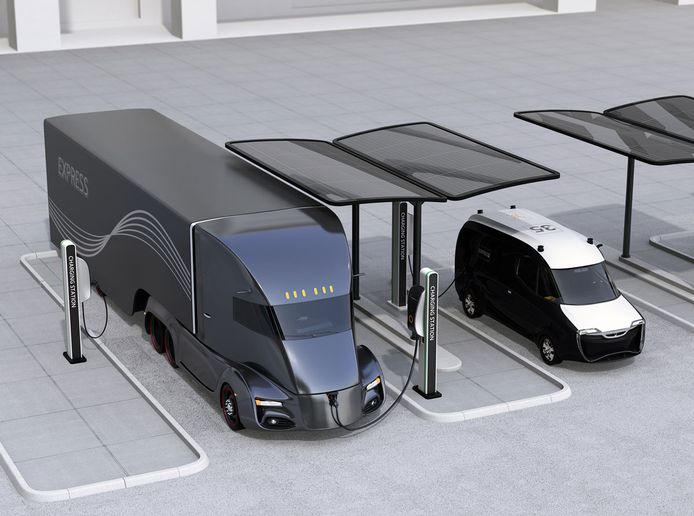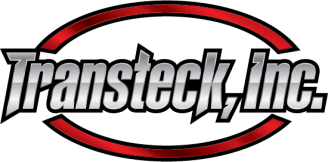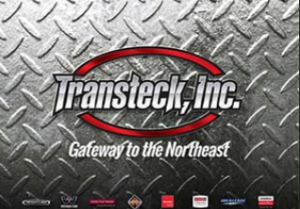
As more states establish mandates requiring trucking fleets to switch from diesel fuel to alternatives with less carbon footprints, interest in electrified heavy-duty trucks increases, fleet and sustainability managers may want to boost the benefits of going cleaner and greener.
Get Rolling: Define the Fleet, Charging Needs
With guidance from engineering and infrastructure experts, it all starts with determining the fleet requirements, deciding the number of electric trucks to be deployed, their payload capacities, routes, and sorting out whether they’ll be charged at a depot or elsewhere.
Understanding the considerable energy requirements for charging medium- and heavy-duty commercial fleets, managers will need to reconstruct and enhance the existing charging facilities accordingly.
Collaborating with Utilities is Key
Stakeholders should consider proposing plans for long term power capacity and prepare for future infrastructure needs while engaging local utilities on matters involving initial design.
Getting Permits, Available Funding Help
Securing permits and approvals is required, however, heavy duty trucks that reach the zero-emission demands are still in the testing stages. According to Rocky Mountain Institute, 19 zero-emission truck models that are either battery-electric or hydrogen fuel cell are expected to be in production in the next few years from 14 manufacturers, up 280% from the five Class 8 models commercially available now.
Recognizing the challenges and opportunities in sustainable trucking, fleet operators are required to get ahead, crunch the numbers, invest in technology, and gaze past merely the next operational quarter but years down the road.
To learn more and read the full article, click below.


